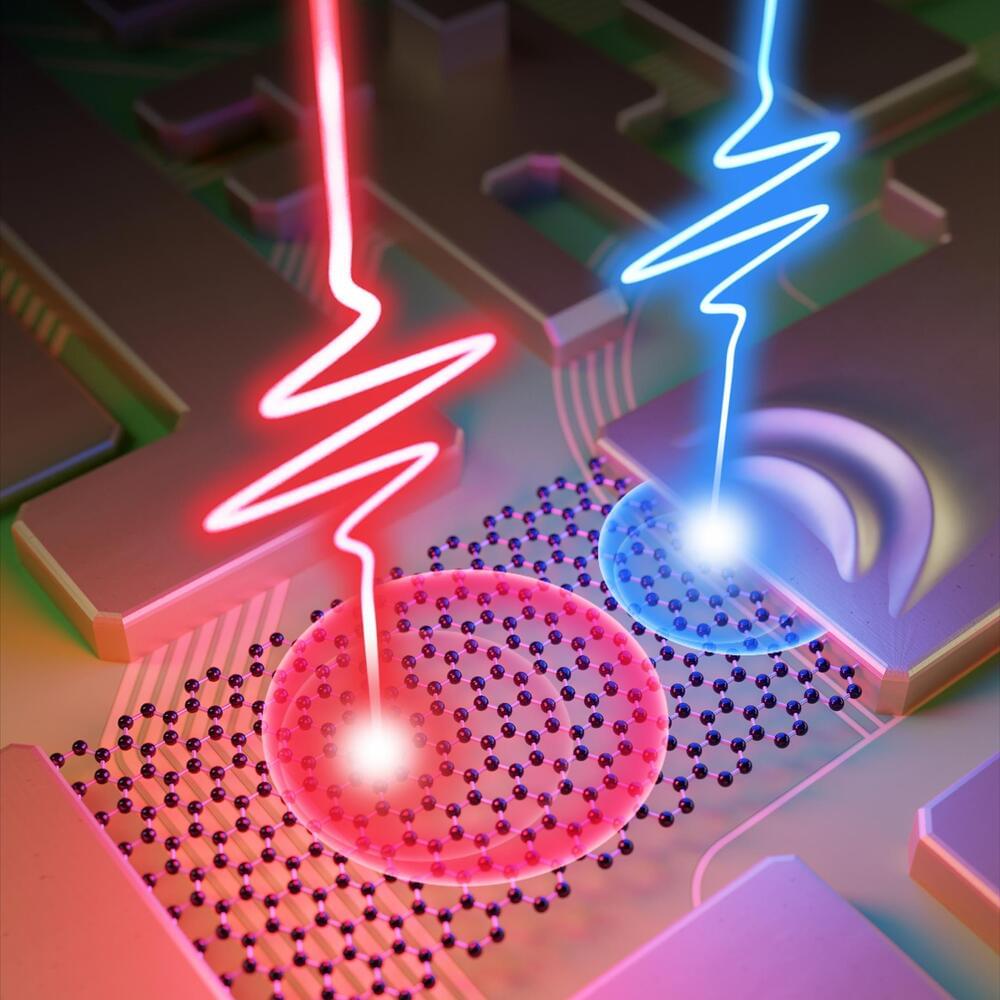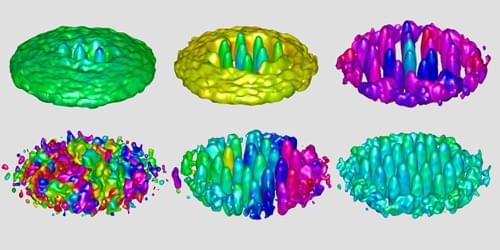The steering wheel, gas, and brakes that safety drivers will use if they need to take over are separate from the system the buses use to navigate autonomously. During the initial two-week testing period, buses will run without passengers, but the companies involved are aiming to have riders on board by summer.
The self-driving software made by Fusion Processing, called CAVstar for “connected and autonomous vehicles,” isn’t limited to radar, lidar, or cameras, but rather integrates all three. The buses are clearly marked as autonomous so nearby drivers are aware that a computer’s running the show. The question is, how much will this impact drivers’ behavior and relevant driving decisions? Would you feel less rude cutting off a driverless bus? More obliged to let it pass you? Or just sort of confused by the whole situation?
Each bus can carry 36 passengers, and the number of planned trips per day mean the autonomous buses could move up to 10,000 passengers a week. The project’s leaders anticipate the self-driving buses reducing average trip time and improving schedule reliability of the route. This sounds like it’ll mostly be a good thing, but what will happen when, say, an elderly or disabled passenger needs some extra time to get on or off the bus?








